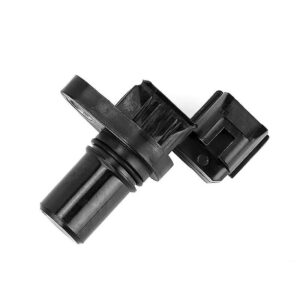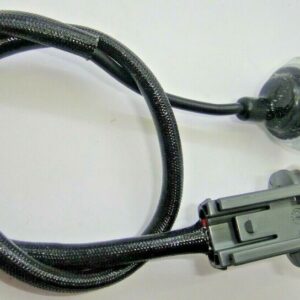Description
Common typical Crank Angle Sensor (CAS) faults and the effects on engine operation. (Both Petrol and Diesel)
- One of the more common results of a faulty CAS is the engine stalling when the CAS has reached a specific temperature and will not immediately restart. In many cases, engine stalling may not occur whilst driving but once the engine has been switched off, the CAS signal is lost, and a no-start condition is created.
- Allowing the engine (and CAS) to cool generally results in normal engine starting. Artificially cooling the CAS may quicken the restart procedure and/or assist in the diagnosis process.
- No start Cold or Hot.
- Checking the CAS output signal with a suitable oscilloscope during the crank procedure will generally identify if it functions correctly or if further tests need to be carried out.
- Harness or connector terminal damage causing intermittent CAS signal failure.
- Moving the connector or harness slightly by hand if accessible may reproduce the fault and possibly visually identified on the oscilloscope screen.
- Static noise affecting CAS signal.
- Many factors may affect the signal quality on the inductive type analogue CAS during cranking. Excessive electrical noise from HT leads or starter motor may interfere with the CAS signal and create a no start condition.
- Damaged crankshaft pulleys or trigger wheels may create misfires or no start conditions. These may also cause damage to the CAS itself.
- Incorrectly located flywheel or drive plates.
- Removing and refitting the flywheel or drive plate sequence on some vehicles must be carried out as specified by the manufacturer to prevent incorrect CAS trigger locations.



Reviews
There are no reviews yet.